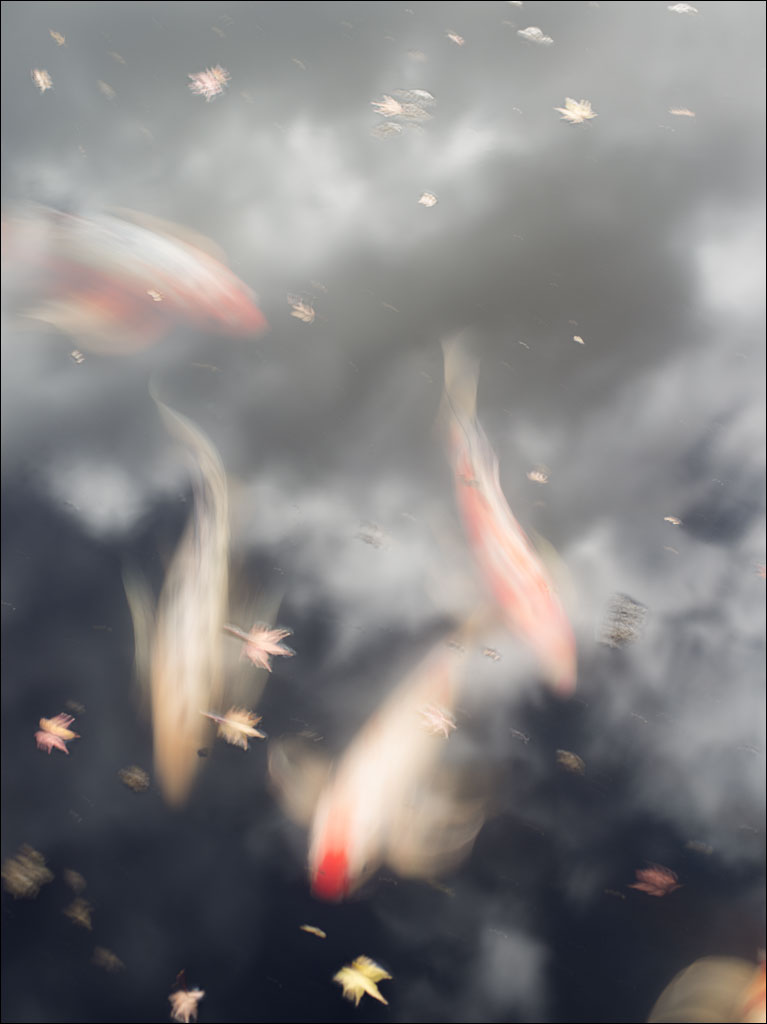The GetDPI Photography Forum
Great to see you here. Join our insightful photographic forum today and start tapping into a huge wealth of photographic knowledge. Completing our simple registration process will allow you to gain access to exclusive content, add your own topics and posts, share your work and connect with other members through your own private inbox! And don’t forget to say hi!
What F-Stop range do you use
- Thread starter drevil
- Start date
Paul Spinnler
Well-known member
Leica M: 1.4 / 2.0 largest aperture always - that's reason to shoot Leica 
Tech cam f8/f11
Tech cam f8/f11
Paul Spinnler
Well-known member
I suppose tilt will become more crucial in the IQ5 gen with 250/275 megapixels, so I will aim to hit F8 then and use tilt to make sure foreground and horizon are sharo rather than F16.
P1 already advertises its tilt optics under the concept of shotting at wider f stops and using tilt to get diffraction free sharpness.
P1 already advertises its tilt optics under the concept of shotting at wider f stops and using tilt to get diffraction free sharpness.
Duff photographer
Active member
Depends on the application. In other words, all, except f32.
Cheers,
Duff
Cheers,
Duff
Shashin
Well-known member
I don't have any f/1.4 or f/2.0 medium format lenses, so I tend not to use those apertures. For landscape, I am in the f/11-f/16 range. For other things off a tripod, then aperture becomes part of the exposure equation. I then can be biasing toward a specific shutter speed. But then, I am happy to go outside what might be sensible shutter speeds handheld for more aesthetic considerations.






Really depends on the camera used. Tech for sure would require smaller apertures as the lenses, most of the time, were not designed for wide open usage but rather for shifting. But the Fuji 1.7 lenses really beg to be used at wide open apertures for that really shallow DOF. It's really great to have these choices in MF.. 
Victor B.
Victor B.
PLeica M: 1.4 / 2.0 largest aperture always - that's reason to shoot Leica
Tech cam f8/f11
mristuccia
Well-known member
Handheld: f5.6-f8
On tripod: f11
There are rare exceptions, eg. portraiture, where I use f2.8-f4.
On tripod: f11
There are rare exceptions, eg. portraiture, where I use f2.8-f4.
In a multi shot mode for some reason I can get away with smaller apertures and to my eyes f22 looks like f16 on a single shot sensor, diffraction wise.The diffraction at F22 is a problem even at large pixel sensors. F16 is the highest i ever go.
I am using generally f8-f16 with occasional f22 and even f32 depending on the subject (50mp nultishot sensor)
Last edited:
SCHWARZZEIT
Member
Not every image is intended to be printed large or to hold an excessive amount of detail requiring high per pixel sharpness from a high-res sensor. Sometimes depth of field has a higher priority. If you intend to make only small or medium sized prints or put the images on social media the blur from diffraction at these apertures will not be noticeable but the gain of depth of field from stopping the lens down will be.So the reason why i am asking, why do lens makers even still offer high apertures like F22 and F32, i was surprised to see that F22 was even still chosen.
The diffraction at F22 is a problem even at large pixel sensors. F16 is the highest i ever go.
stngoldberg
Well-known member
F8 is my target, but many other factors could alter that
stanley
stanley
